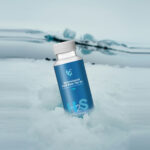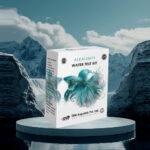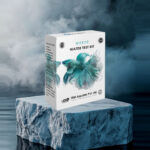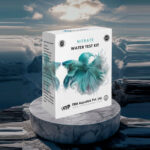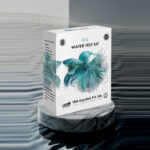Master Water Test Kit
Our Master Test Kit offers 4 essential testing parameters (or we can customize as 6-12 parameters as per the requirements of customer) of pH, Ammonia, Nitrite and Nitrate to help you maintain a balanced and healthy environment for your fish and plant life. Testing the water in your pond should be a regular part of your maintenance routine. Bad water quality will hugely affect the health of the pond and is the cause of many pond and fish problems. Water quality problems are the most common causes of fish stress and disease so should be avoided at all cost. The main tests you’ll need to do regularly are Ammonia, Nitrite, Nitrate...



